Another time, another life.
You could fill an inspiration board to the brim with the number of influences in Life Is Strange: American independent films like Juno, Beyond: Two Souls from Quantic Dreams, Hiro Nakamura from Heroes, Dontnod Entertainment's own Remember Me, Telltale Games in general, and time-travelling adventures like Groundhog Day, Steins;Gate, and The Legend of Zelda: Majora's Mask. So describing this bite-sized game can easily become a mouthful of comparisons, but it's essentially an episodic slice-of-life adventure game in which a suburban high-school girl gains the ability to rewind time. The concept is both refreshingly subtle and subtly refreshing. Within a couple of hours, the first episode of Life is Strange delivers one of the strongest setups to an episodic video game series in recent memory.
Even among female video game characters, Maxine Caulfield is not your typical protagonist. Accepted to the prestigious Blackwall Academy into its photography program taught by the famous Mark Jefferson, she feels the social anxiety of being the new girl, despite having lived in the school's district of Arcadia Bay during her childhood. She doubts her talent as a photographer, her ability to make the right decisions, and her possible reconnection with her best friend Chloe who she left behind when her family moved to Seattle five years ago. Max thought that returning to Arcadia Bay would give her solace, a place to fit in, but finds herself a victim of her own lofty expectations, pouring her pent-up stress into journal writing and selfies using vintage analog cameras.
You would expect that giving an unsure 18-year-old the sudden ability to rewind time would only lead her to a nervous breakdown. Fortunately, Max is smarter and more composed than she looks. Once she discovers her gift through a traumatic event at school, she immediately tests the limits of her powers and sees whether she can alter time to prevent the event from ever happening. This gives her a smidgeon of hope that she can prevent her vision from occurring as well, a nightmare where an impending storm with a gigantic tornado knocks out a lighthouse—perhaps symbolically suggesting she must learn to guide herself—before destroying the town in its wake.
The rewind mechanic pairs surprisingly well with the story's promise that your actions will have consequences. Being able to view the consequences of each dialogue choice might seem to diminish the significance of the decision, but it actually allows you to view more of the game's content which might have been skipped (unless you play through it a second time) and usually makes the decision more difficult since you have more information on the possible outcomes. You'll need to weigh the short-term and unforeseeable long-term events of each pivotal branch in the story, which explores the gray zone of cause and effect rather than a strict morality system of good and evil.
Since Max can only rewind time up to about a minute and her decisions are locked in once she leaves an area, watching the chain reaction unfold retains tension. Even minor decisions might have a butterfly effect down the road, though the interactions with the student body may not seem to be as important. That said, Max mostly uses her rewind ability to become a social butterfly, learning information and correct answers to win her peers over or learn a secret without leaving a trace of evidence. As this is the first episode, it's impossible to tell how far Life Is Strange will take decisions into account, but if my sneak peek into the second episode is correct, they will determine at least one pivotal moment of life and death.
Complementing the indie feel of the game, environments have a hand-painted look with soft brushstrokes and the soundtrack has a delicate, rounded, acoustic quality. Life Is Strange has a distinctly nonchalant, self-reflective mood that matches the rural American northwest and the more private, introspective journey that the story tells without becoming a naval-gazing affair. The density of objects in the environment, both interactive and not, fills the space, especially during one sequence where Max explores the other rooms in her dormitory. As a nice touch, the notifications that a certain action will influence the story are also far more direct and honest that those in Telltale's more recent games.
However, the occasional object pop-up in loading screens and the unsynchronized lip-syncing tarnishes the luster of the game. The casual but well-acted dialogue loses a part of its impact, particularly in a genre where other titles have raised the technical standard. It's an oversight that unfortunately reveals a lack of polish.
There are several quibbles with the story as well, namely that many of the male authority figures tend to be one-dimensional at least in this first episode. The principal, the security guard, the football jocks, and the rich kid lack complexity, though it remains to be seen if the story will develop these characters beyond clichés by investigating their motivations. Even Mark Jefferson, who Max idolizes, doesn't seem to care about the bullying that's clearly happening right in front of his face. Also, though this is certainly a nitpick, Max's time-travel ability doesn't make too much sense given that she keeps her position in time. This would result in other characters potentially watching her teleport instantly around campus, but of course, this is a video game.
Life Is Strange offers a fresh take on video game storytelling, presenting the typically loaded concept of time travel in a more naturalistic light and exploring the labyrinthine choices of an unlikely everyday hero. Hopefully in future episodes, Max will mature into a more confident teenager as she learns to navigate through time and against the blurred lines between truth and perception. Although the poor lip-syncing diminishes the impact of the dialogue and several hackneyed characters blemish the overall story, the first episode of Life Is Strange is easily worth its five-dollar price tag and positions Dontnod Entertainment as one developer to watch out for this year.
-
Legitimizes slice-of-life adventure genre
-
Rewind mechanic deepen dialogue options
-
High density of meaningful objects in the scene
-
Short but strong value for the price
-
Very poor lip-syncing
-
Solid overall dialogue, voice-acting, and protagonist
-
...but several one-dimensional male characters
Life Is Strange
-
Life Is Strange #1
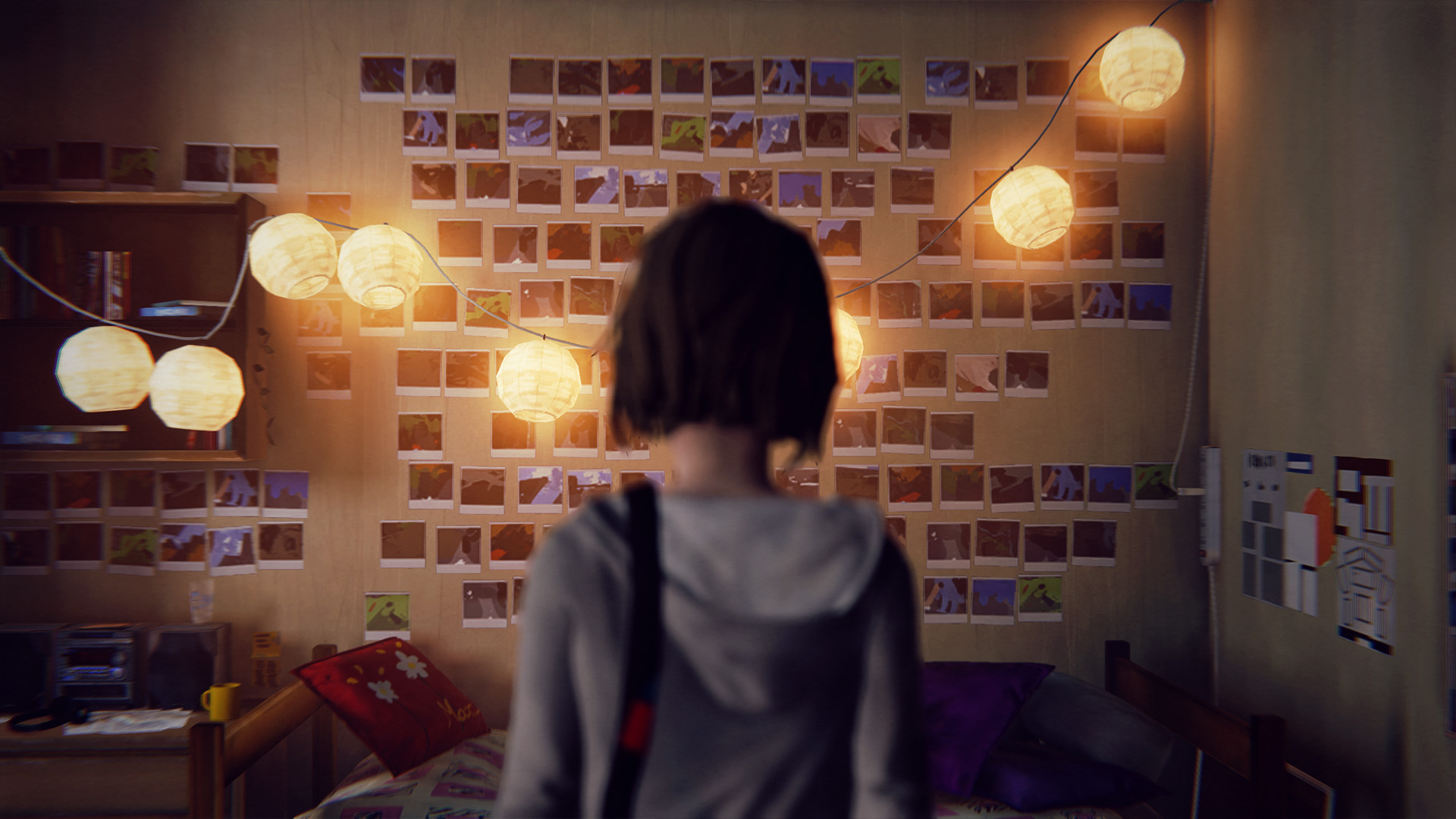
-
Life Is Strange #2
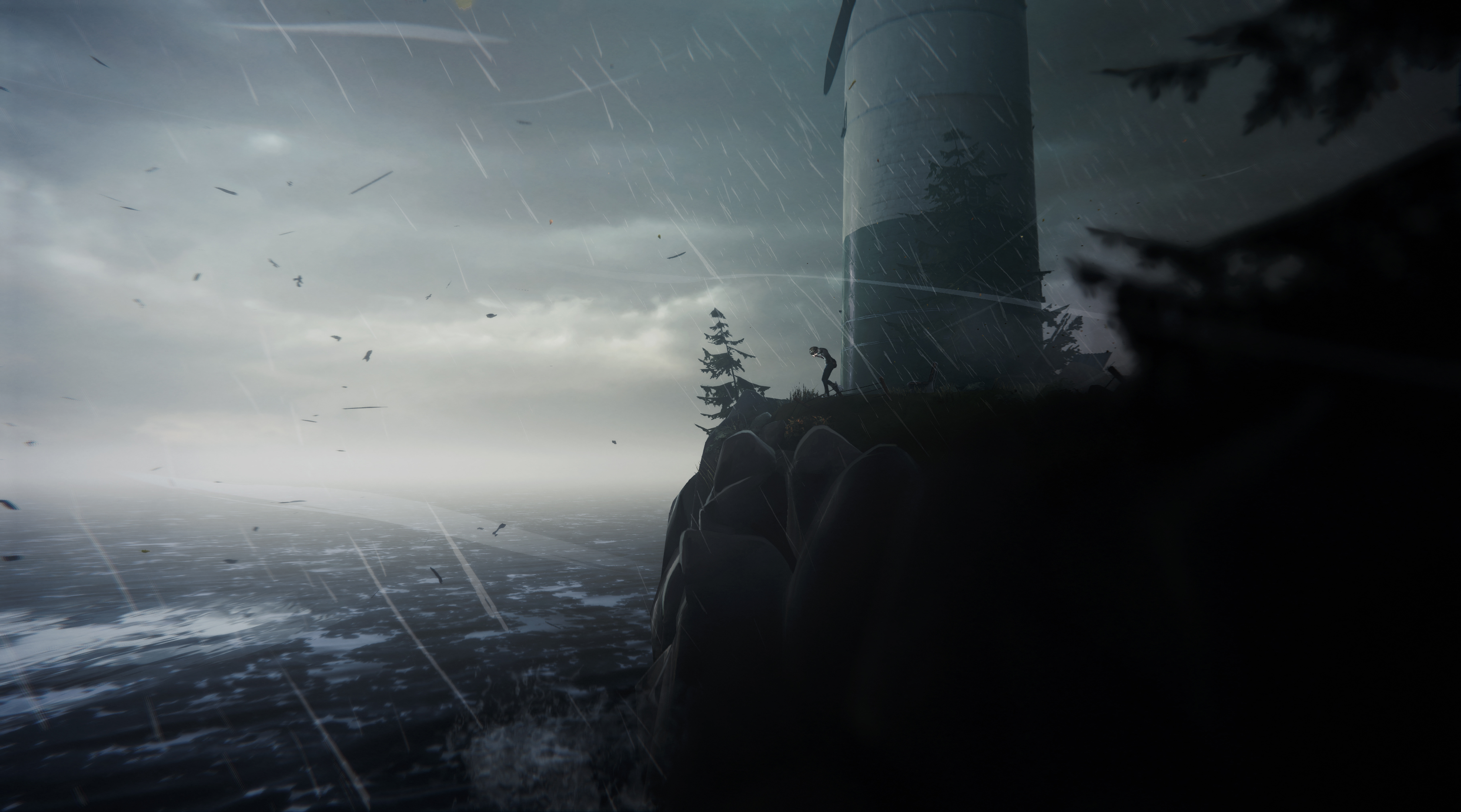
-
Life Is Strange #3
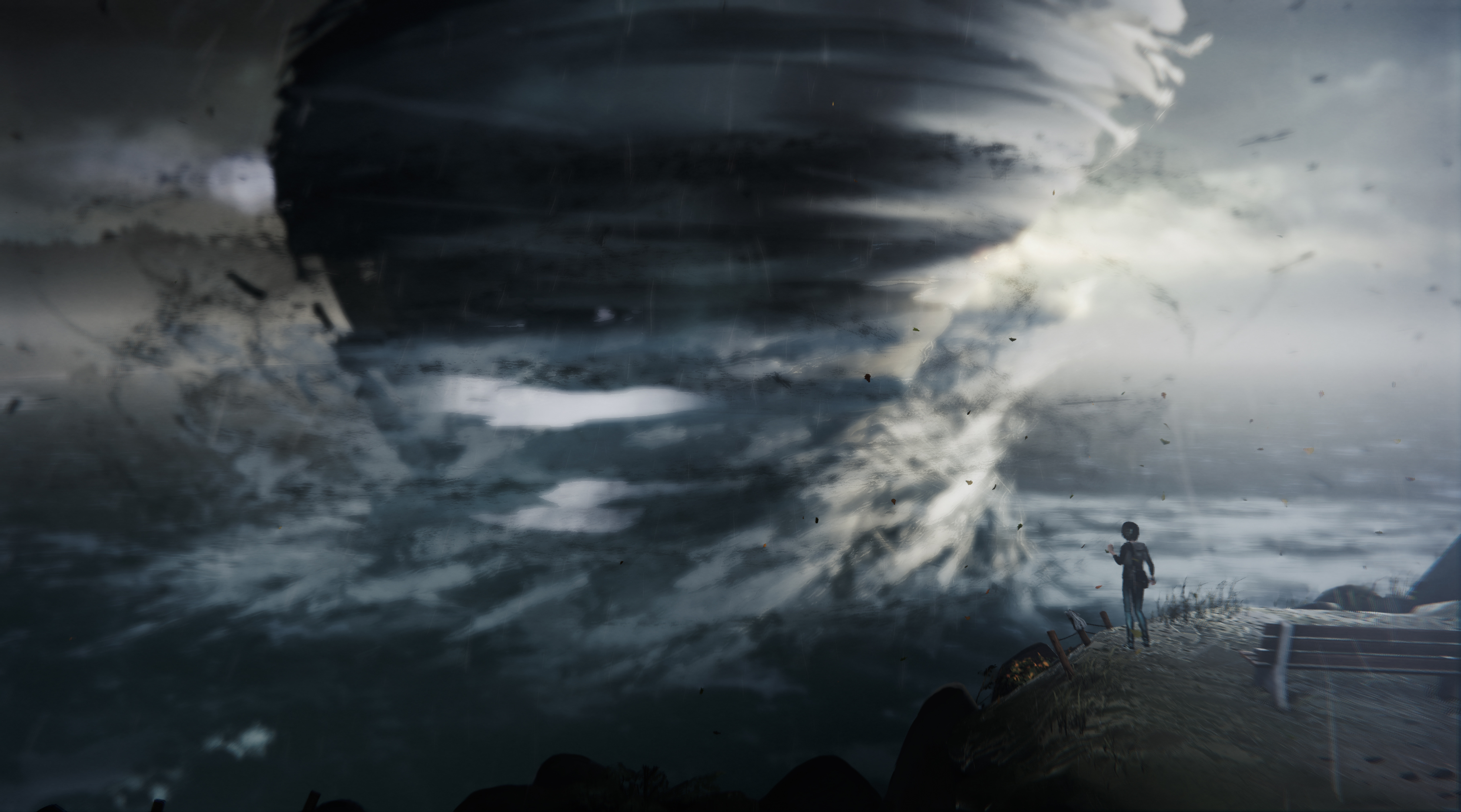
-
Life Is Strange #4

-
Life Is Strange #5
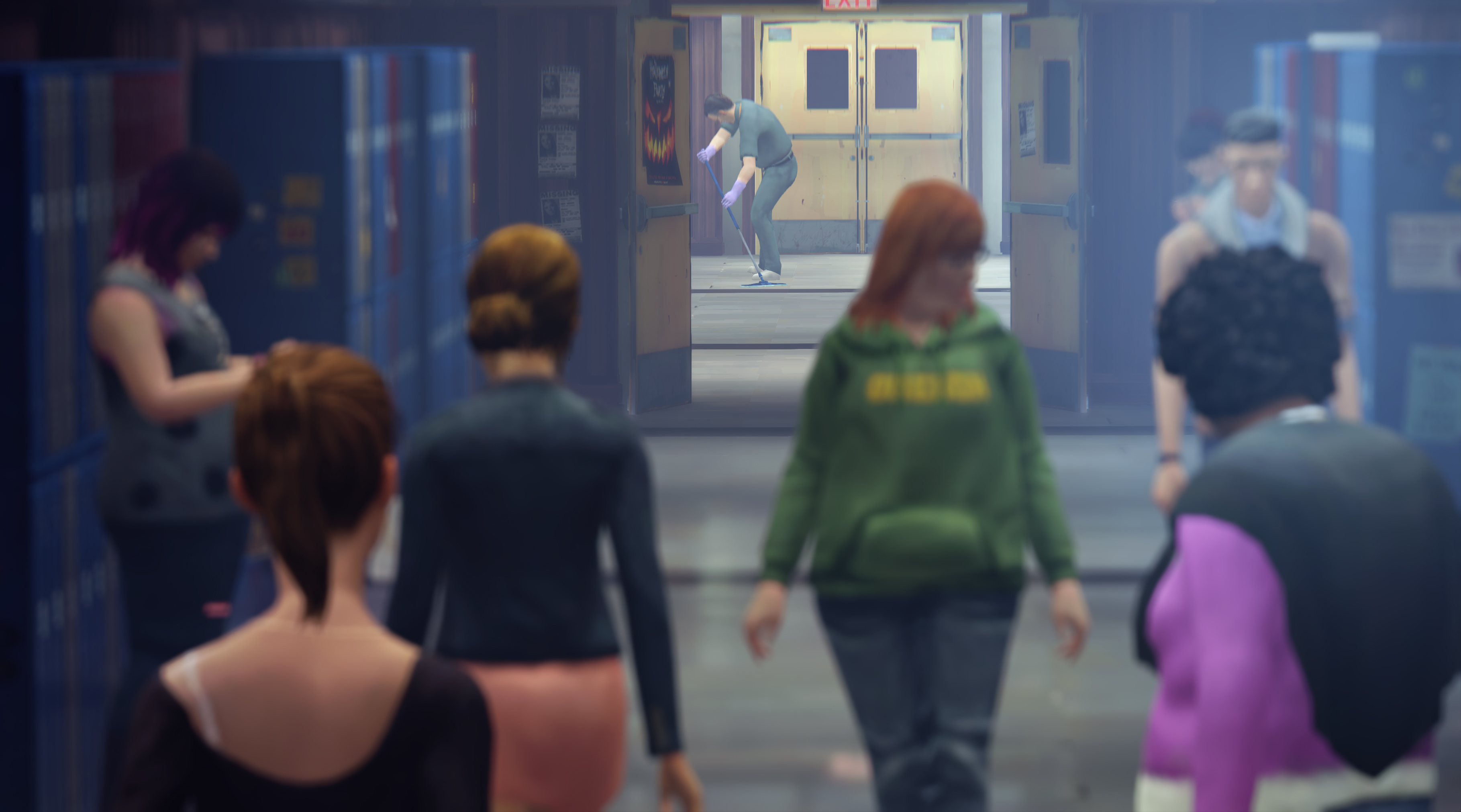
-
Life Is Strange #6
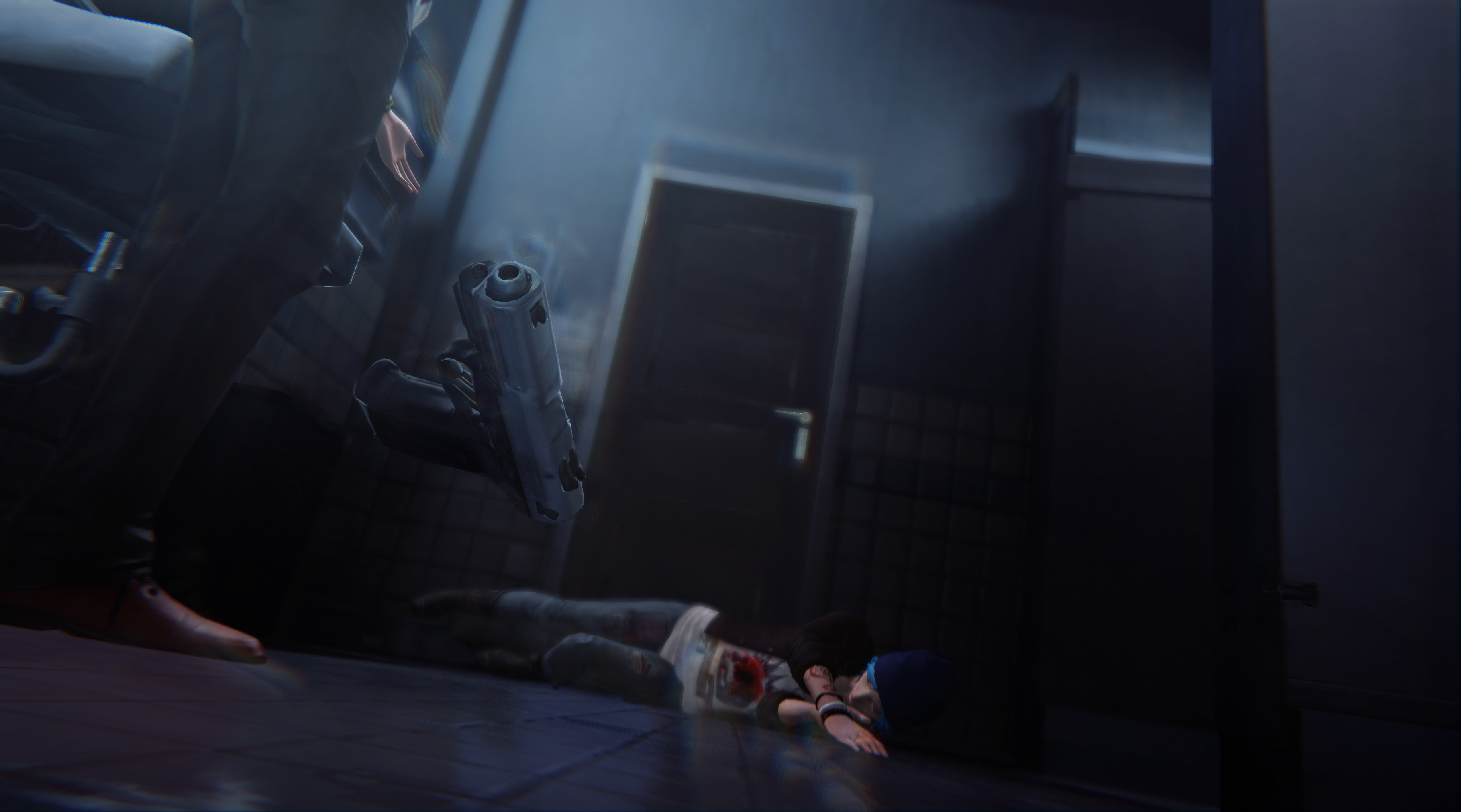
-
Life Is Strange #7

-
Life Is Strange #8








